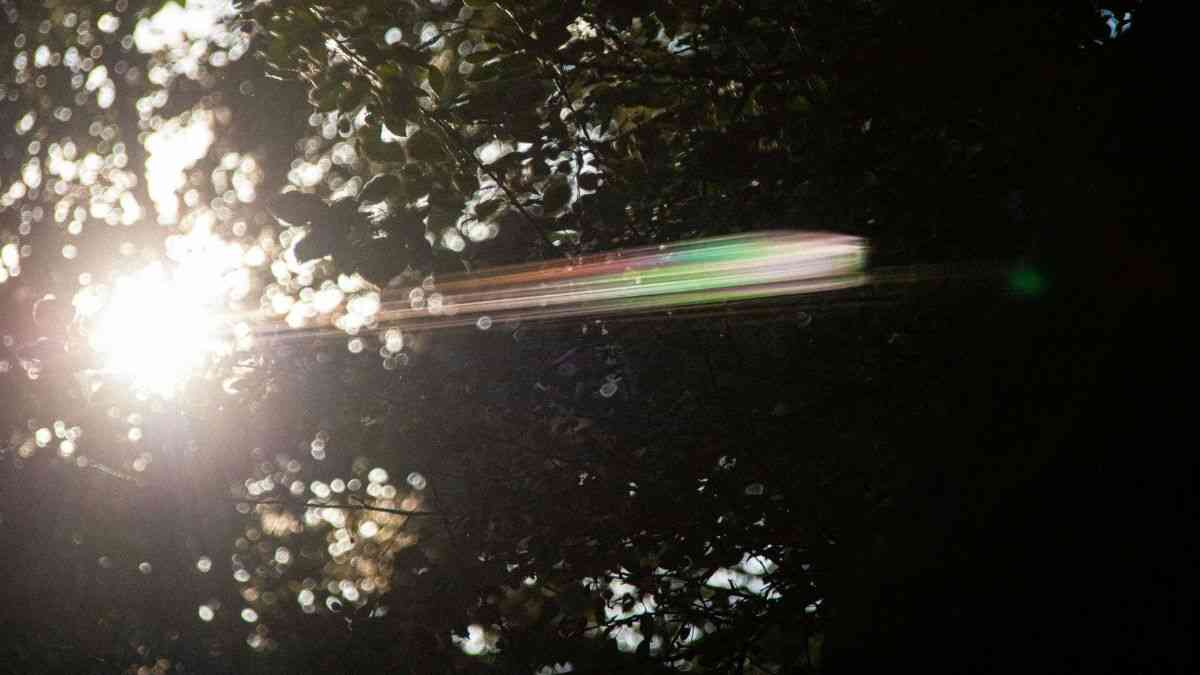Science
The Alps are Losing Their Glaciers: They Could Disappear Within Decades
06 January 2026

Swiss scientists have made a crucial discovery in artificial photosynthesis research. A new, unique molecule can store solar energy in a way we've never seen before. How will this affect the future of energy?
Photosynthesis is a basic way for plants to produce energy. We all remember it from biology class: chloroplasts in plant cells can use sunlight to absorb carbon dioxide from the environment and convert it into sugar molecules. These are necessary for the plant’s own survival, but not just that—they are also consumed by humans and animals in food. This leads to the production of carbon dioxide, and the cycle continues. This incredibly effective and efficient mechanism is the foundation of all life on Earth. Can we create an artificial photosynthesis process and use it for our own purposes? The latest discoveries by Swiss researchers could be an important step toward that goal.
Scientists from the University of Basel recently developed a special molecule that simultaneously stores four charges—two positive and two negative. The discovery was published in the journal Nature Chemistry. The molecule, created in the lab, “fills up” with charges precisely thanks to the influence of sunlight. This discovery could be the beginning of harnessing the power of photosynthesis and creating synthetic fuels with entirely new properties. Substances developed based on the molecule could release only as much carbon dioxide during combustion as was used in their production. They would therefore be carbon neutral.
You might like to read: A Water Battery That Charges Faster Than Lithium? Scientists Say Yes
The molecule, developed by a team of doctoral students led by Prof. Oliver Wenger, consists of five linearly arranged parts, one next to the other. Each of them has a specific task:
This is not the first time researchers have created molecules capable of “charging up” under the influence of light. However, previous attempts only worked under the influence of a very strong laser beam. Meanwhile, the discovery by Swiss scientists produces charges even in much weaker light, which, in the words of Mathis Brändlin, a member of the research team, is close to sunlight.
Brändlin also notes the stability of the Swiss scientists’ work. “The charges in the molecule remain stable long enough to power further chemical reactions,” says the researcher, quoted in a press release from the University of Basel.
It is worth noting that the molecule itself is not yet capable of creating a fully functioning photosynthesis system. However, Prof. Oliver Wenger claims that its development is an important piece of the puzzle that will ultimately give us the ability to imitate one of the most spectacular processes in nature. “We hope that this will help us contribute to new perspectives for the future of sustainable energy,” says Wenger.
Read the original article: Zapomnij o fotowoltaice. Oto nowy sposób czerpania energii ze słońca